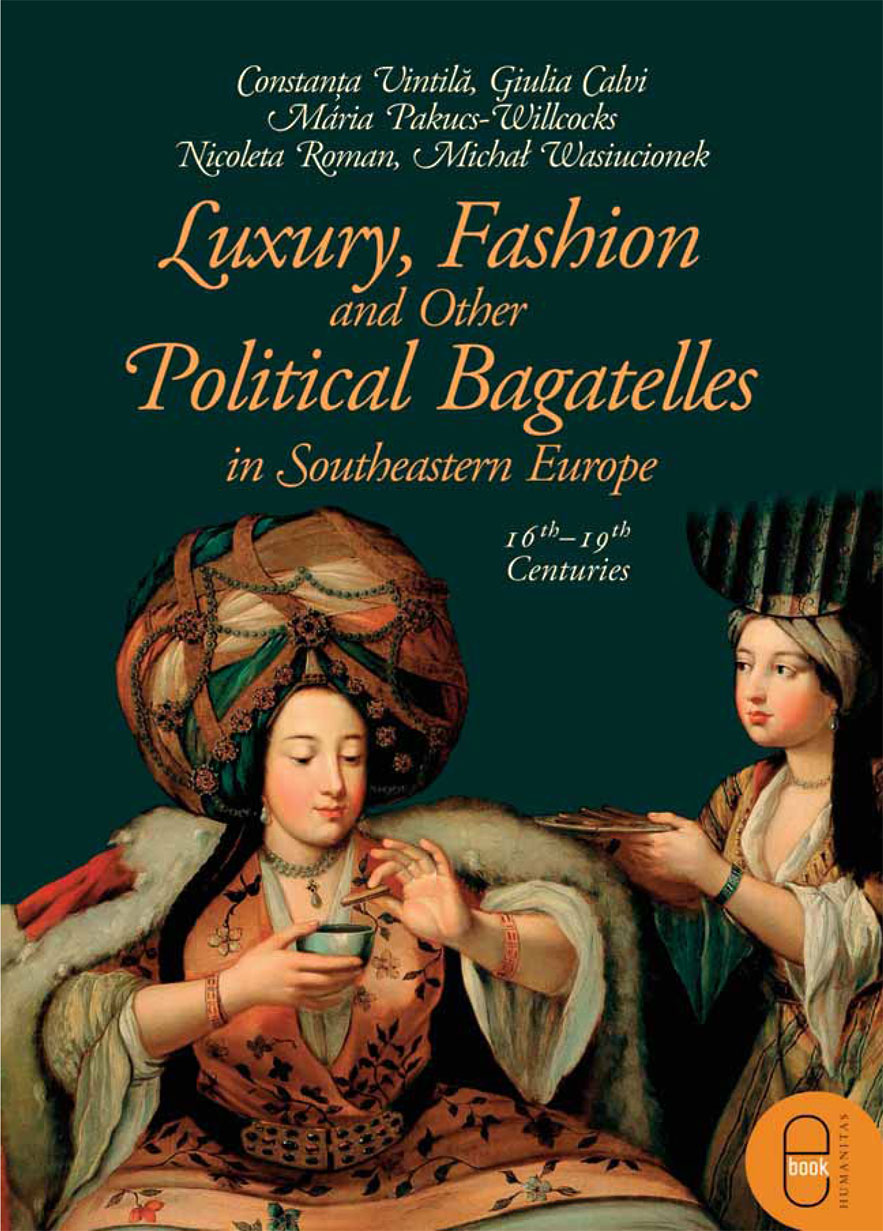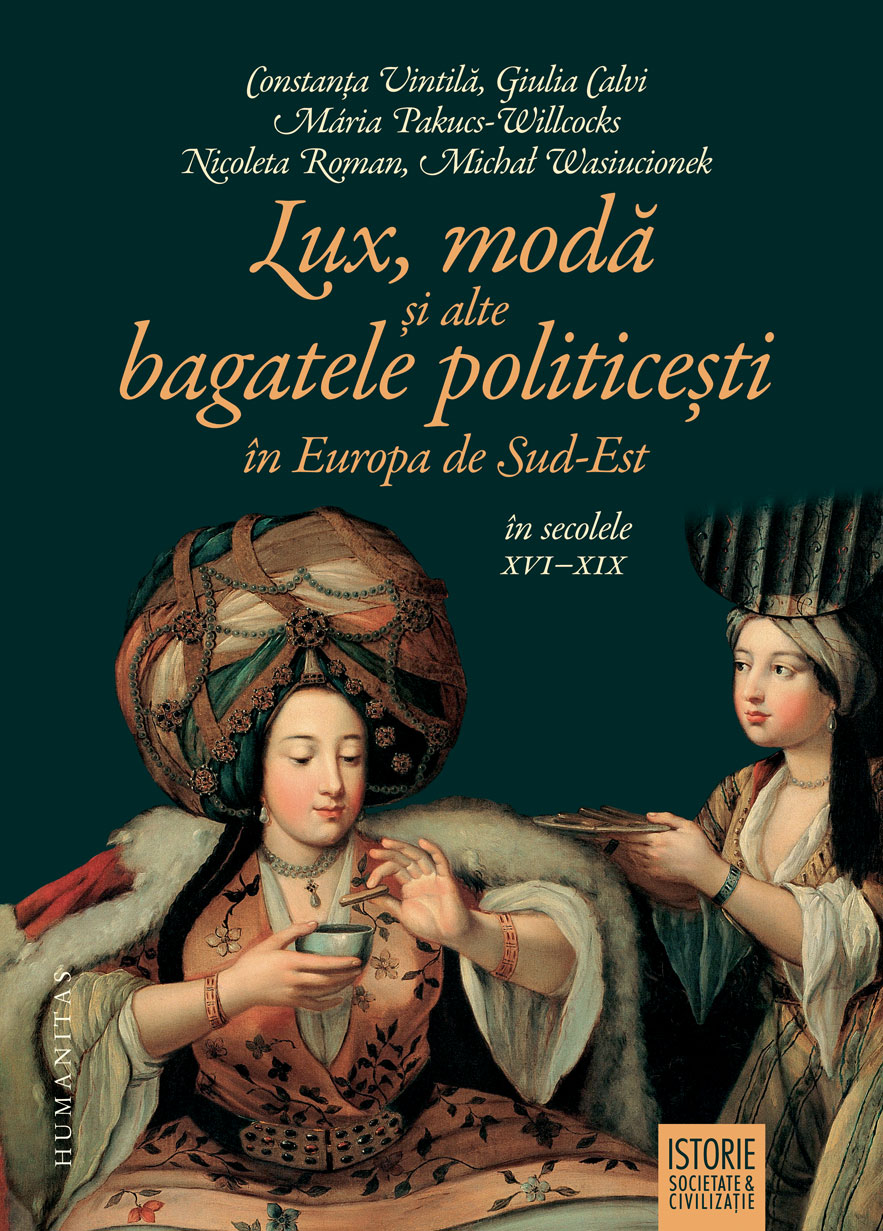GIULIA CALVI este profesoară în cadrul Departamentului de Știinţe Istorice și Patrimoniu la Universitatea din Siena, cu specialitatea istorie premodernă. Din 2004 și până în 2012 a fost directorul secţiunii „Gender History in Europe and the World (XVI–XIX)“ din cadrul Departamentului de Istorie și Civilizaţie al Institutului Universitar European din Florenţa. Este cercetătoare în cadrul proiectului european „Luxury, Fashion and Social Status in Early Modern South-Eastern Europe“ (http://luxfass.nec.ro).
Scrieri: Histories of a plague year: The Social and the Imaginary in Baroque Florence, California University Press, 1989; Il contratto morale: madri e figli nella Toscana moderna, Laterza, Roma-Bari, 1994; Barocco al femminile, Laterza, Roma, 1992; La Mujer barroca, Alianza, Madrid, 1995; Le Donne Medici nel sistema europeo delle corti, Polistampa, Florenţa, 2008 (împreună cu Riccardo Spinelli). Ultimele publicaţii se opresc asupra circulaţiei imaginilor, textelor și culturii materiale: Imperial Fashions: Cashmere Shawls between Istanbul, Paris and Milan (Eighteenth and Nineteenth Centuries), în European History Yearbook, vol. 20; Dress and Cultural Difference in Early Modern Europe, ed. By Cornelia Aust, Denise Klein & Thomas Weller, 2019, pp. 159–176; Healing, Translating, Collecting: Doctor Michelangelo Tilli across the Ottoman Empire (1683–1685), în Cromohs, 21 (2017–2018), pp. 55–69; Translating imperial practices, knowledge, and taste across the Mediterranean: Giulio Ferrario and Ignatius Mouradgea d’Ohsson, în Constanţa Vintilă-Ghiţulescu (ed.), Women, Consumption and the Circulation of Ideas in South-Eastern Europe, 17th-19th centuries, Brill, Leiden, 2018, pp. 12–46.
GIULIA CALVI is Professor at the Department of Historical Sciences and Heritage at the University of Siena, specialising in premodern history. Senior researcher in the ERC project: Luxury, Fashion and Social Status in Early Modern South-Eastern Europe (http://luxfass.nec.ro).
Books:
The World in Dress, Cambridge, Cambridge University Press, 2022;
Histories of a plague year. The social and the imaginary in Baroque Florence, California University Press, 1989;
Il contratto morale. Madri e figli nella Toscana moderna, Laterza, Roma–Bari, 1994;
Barocco al femminile, Laterza, Roma, 1992;
La Mujer barroca, Alianza, Madrid, 1995;
Le Donne Medici nel sistema europeo delle corti, Polistampa, Florence, 2008 (with Riccardo Spinelli).
Her latest publications focus on the circulation of images, texts, and material culture:
Imperial Fashions: Cashmere Shawls between Istanbul, Paris and Milan (Eighteenth and Nineteenth Centuries), in “European History Yearbook”, vol. 20;
Dress and Cultural Difference in Early Modern Europe, ed. By Cornelia Aust, Denise Klein & Thomas Weller, 2019, pp. 159–176;
Healing, Translating, Collecting. Doctor Michelangelo Tilli across the Ottoman Empire (1683–1685), in “Cromohs”, 21 (2017–2018), pp. 55–69;
Translating Imperial Practices, Knowledge, and Taste across the Mediterranean. Giulio Ferrario and Ignatius Mouradgea d’Ohsson, in Constanţa Vintilă-Ghiţulescu (ed.),
Women, Consumption and the Circulation of Ideas in South-Eastern Europe, 17th-19th centuries, Brill, Leiden, 2018, pp. 12–46.









